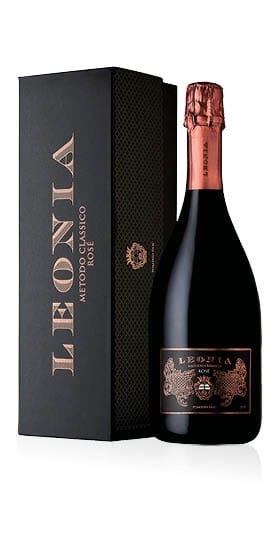Pinot Noir, Tuscany
From a genetic point of view, DNA analyzes have confirmed pinot noir, pinot blanc and pinot gris are not three different grape varieties, but simply three different clones of the same variety. Pinot is one of the most ancient grapes ever and for this reason it is not surprising the presence of biotypes, which have differentiated over the centuries due to spontaneous mutations. Most likely it is a grape which was domesticated in ancient times in the central eastern area of France and which still today has its cradle of choice in Burgundy.
In Italy, pinot noir is present above all in Trentino Alto Adige and Oltrepò Pavese, although there is no lack of vineyards in Piedmont, especially in Alta Langa for the production of sparkling wine bases and in Friuli Venezia Giulia. It is a very delicate grape, with small, compact clusters and tight berries. It loves cool, breezy exposures with temperatures that are not too high and prefers soils with calcareous components.
The wine has a light ruby red color, almost transparent. The aromatic profile is of extreme finesse, with notes of small berries. The taste is fresh, rich and persistent, with delicate tannins and pleasant freshness. It is a red wine that excels for refined elegance.

Tuscan wines are, together with those of Piedmont and Veneto, the most famous Italian wines in the world: great excellences such as Brunello di Montalcino, Bolgheri (primarily Sassicaia Bolgheri Doc) and Supertuscan have made known the excellence of made in Italy in the world. In Tuscany, Sangiovese and indigenous grapes are the protagonists alongside international grapes such as Cabernet and Merlot, in a territory that, like no other, seems to have been born on purpose to produce excellent wines. If a legend widespread at the time of the Medici told that Noah with his ark landed in Tuscany and planted the first vine cuttings, what is certain is that in Tuscany the winemaking tradition is so ancient that, unlike other regions, it surpasses the Romans and the Greeks and reaches up to the Etruscan civilization.
Tuscan red wine? A well-stocked cellar cannot be missing.
Tuscan red wines are the red wines for aging par excellence: Brunello di Montalcino has a longevity that exceeds 20 years, and great surprises in this sense also reserve the Nobile di Montepulciano and Carmignano, less known appellations but of ancient tradition, born from the union of Sangiovese with Cabernet Franc brought to Italy by Caterina de 'Medici. However, Tuscan red wine is also synonymous with conviviality, with Chianti in all its nuances, from the traditional flask to the magnum bottles in wooden boxes of the great selections, and above all with Morellino di Scansano, a wild Sangiovese from Maremma. Last but not least other small appellations such as Sant'Antimo Doc, Rosso di Montalcino and Montecucco, in which Sangiovese is and remains the true protagonist. Finally, some producers have tried their hand at Tuscany with the most cursed of the grapes, Pinot Noir, obtaining very interesting results.
Tuscan white wines: a less known reality to be discovered
In Tuscany there is only one Tuscan DOCG white: Vernaccia di San Gimignano. Born from native grapes, it is said that the wine that cuts and pricks was the favorite of the greatest Florentine genius: Michelangelo Buonarroti. Then there are numerous DOC and IGT appellations, which see Vermentino excel, aged in steel or wood, alongside international grapes such as chardonnay and sauvignon. Trebbiano toscano is another widespread grape variety, which combined with malvasia gives life to the famous Vin Santo, in its various and precious golden declinations such as Vin Santo del Chianti Classico and Vin Santo Occhio di Pernice.
What is the finest Tuscan wine?
The most famous Tuscan red, Chianti Classico, links an ancient legend to its main symbol, the black rooster. In fact, it is said that the cities of Siena and Florence had to decide the territorial boundaries by bringing together two knights, both departed to the crowing of the cock, white for the Sienese and black for the Florentines. The Florentines, much more cunning, kept their black rooster stiff, locked in the cage, in the two days preceding the competition and the poor animal, in a panic, opened the cage immediately went out to sing, even if it was the middle of the night. This early departure with respect to dawn allowed Florence to establish the boundary of its province near the city of Siena, where it still is today, in the heart of the Chianti area.
Which is the longest-lived Tuscan DOCG red wine?
The longest-lived Tuscan DOCG red wine is undoubtedly Brunello : it manages to evolve in the cellar even for more than 20 years, developing extraordinary aromas and thus becoming one of the best meditation red wines in the world.
What is the best Tuscan white wine to pair with fish dishes?
The best Tuscan white wine to combine with fish menus is definitely Vermentino which, born from the vineyards caressed by the sea breezes, manages to enhance seafood dishes thanks to its natural flavor and freshness. Seeing is believing!


















